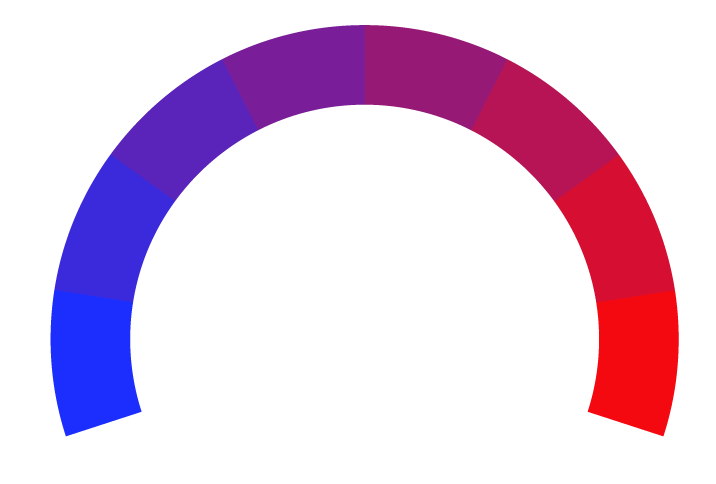 Deseret News Article Rating
Deseret News Article RatingOpinion: The evolution of religious freedom
- Bias Rating
12% Somewhat Right
- Reliability
N/AN/A
- Policy Leaning
48% Medium Right
- Politician Portrayal
16% Positive
Continue For Free
Create your free account to see the in-depth bias analytics and more.
Continue
Continue
By creating an account, you agree to our Terms and Privacy Policy, and subscribe to email updates. Already a member: Log inBias Score Analysis
The A.I. bias rating includes policy and politician portrayal leanings based on the author’s tone found in the article using machine learning. Bias scores are on a scale of -100% to 100% with higher negative scores being more liberal and higher positive scores being more conservative, and 0% being neutral.
Sentiments
N/A
- Liberal
- Conservative
| Sentence | Sentiment | Bias |
|---|---|---|
Unlock this feature by upgrading to the Pro plan. | ||
Reliability Score Analysis
Policy Leaning Analysis
Politician Portrayal Analysis
Bias Meter
Extremely
Liberal
Very
Liberal
Moderately
Liberal
Somewhat Liberal
Center
Somewhat Conservative
Moderately
Conservative
Very
Conservative
Extremely
Conservative
-100%
Liberal
100%
Conservative

Contributing sentiments towards policy:
60% : Courts do play an important role in defending religious liberty, and we should seek to find and support the best standards that embody the Constitution's commitment to religious freedom.59% : The Supreme Court's understanding of religious freedom is changing under our feet.
57% : Yet, the justices can only do so much to protect religious liberty; the real work of building a society that protects this vital First Amendment right belongs to each of us.
56% : Decided in 2018 and 2021, respectively, these decisions were anticipated to be blockbuster cases in religious liberty law, either primed to embrace or refute the standard in Smith.
56% : Fulfilling these responsibilities gives substance to religious freedom, which naturally leads policymakers to want to preserve religious rights.
55% : Yoder took his case to court, claiming that his right to the free exercise of religion under the First Amendment had been denied.
48% : Smith can apparently be used to accommodate religious liberty or not, depending on how it is applied.
48% : The defending of religious freedom that affects most of us will be localized and practical rather than nationalized and abstract.
45% : As Dallin H. Oaks, first counselor in the First Presidency of The Church of Jesus Christ of Latter-day Saints and former Utah Supreme Court jurist, has stated, courts should be viewed as a "final fallback" rather than our "first recourse" for defending religious freedom.
44% : Similarly, the Fulton case again found a way to use Smith to protect religious liberty rather than attack it.
43% : Due to religious convictions, the Catholic Social Services of Philadelphia would not conduct home studies for same-sex couples hoping to foster, but would instead refer them to another agency in the city.
42% : The second -- known as the "Smith test" -- sets a much lower bar for religious liberty: It asks whether the government's action was "neutral" and "generally applicable" --
40% : A member of the Old Order Amish religion, Yoder believed that his children should not attend public school past the eighth grade.
*Our bias meter rating uses data science including sentiment analysis, machine learning and our proprietary algorithm for determining biases in news articles. Bias scores are on a scale of -100% to 100% with higher negative scores being more liberal and higher positive scores being more conservative, and 0% being neutral. The rating is an independent analysis and is not affiliated nor sponsored by the news source or any other organization.





















